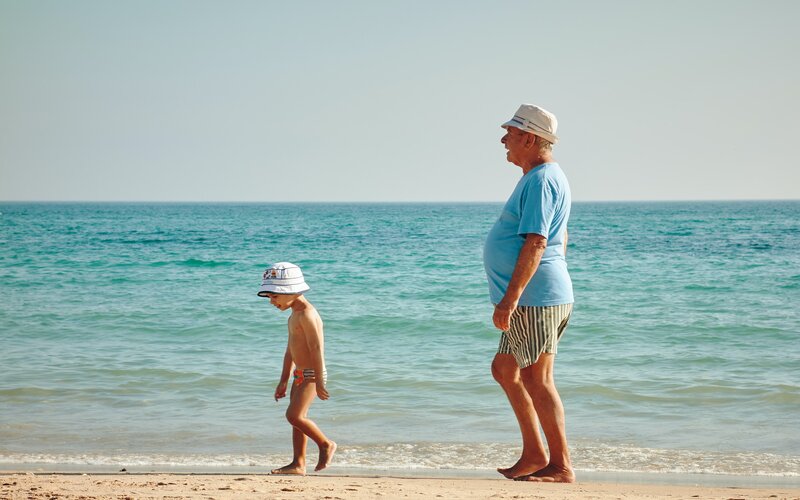The ABS (Australian Bureau of Statistics) figures come as somewhat of a shock, with economists widely predicting the rate would rise to 5.3%.
Almost 29,000 jobs were added for the month, nearly triple the 10,000 expected, while both full-time and part-time employment increased by around 9,000 people.
ABS Chief Economist Bruce Hockman said despite the positive result, underemployment had remained steady.
"In December 2019, the trend unemployment rate decreased slightly to 5.1 per cent, its lowest level since April 2019," Mr Hockman said.
"While there has been stronger growth in part-time employment over the past year, the underemployment rate is still where it was last December, at 8.3 per cent."
After repeatedly affirming their belief that the Reserve Bank (RBA) will cut Australia's cash rate to a record low 0.5% in February, Commonwealth Bank have now revised their prediction, tweeting they believe the RBA will hold.
No doubt this is as a result of the figures pushing the unemployment rate closer to the RBA's goal of 4.5% unemployment, along with strong November retail sales.
Elsewhere, economists seem to be split: AMP Chief Economist Shane Oliver said closer examination of the numbers showed that full time job growth actually fell by 300 jobs, and the RBA was a long way off where it wanted to be.
Aust Dec emp >exp at +28.9k, unemp fell to 5.1%.
— Shane Oliver (@ShaneOliverAMP) January 23, 2020
However, the quality of jobs growth was poor with 300 less full time jobs & underemployment remains very high at 8.3% so we remain a long way from the RBA’s full employment goal. So expect ongoing weak wages growth
(Bloomberg, ABS) pic.twitter.com/MCDhJ5ksvm
Channel 7 Finance editor Gemma Acton said expectations for a rate cut had slipped, while economist Stephen Koukoulas predicted we had seen the last of RBA cuts.
Jobless rate falls to 5.07% - its lowest in 9 months...
— Gemma Felicity Acton (@GemmaActon) January 23, 2020
Nice boost of 28,900 jobs which was far above forecasts of 10,000...although the grand bulk of these positions are part-time
Expectations for another interest rate cut next month have slipped in the wake of this news pic.twitter.com/s7Tz0zQVzg
IFM economist Alex Joiner said further easing could still be expected later in 2020.
Earlier in January, Moody's Analytics economist Katrina Ell said the potential $4.4 billion plus cost of this summer's devastating bushfires would increase the chance of a rate cut.
As noted some mths ago, we may have seen the last rate cut from RBA
— Stephen Koukoulas (@TheKouk) January 23, 2020
While it could (should) cut rates to lock in stronger growth & higher inflation, it may just have enough too skate thru the next few months at which time a Capex lift & consumer spending pick up will materialise
South Australia tops unemployment charts
South Australia held its unfortunate title of having the worst unemployment rate in the country, unchanged at 6.4% from November to December.
Queensland also held its position, but fell 0.1% to 6.0% and was followed by Tasmania (5.8%) and Western Australia (5.6%).
Victoria had an impressive 8,500 jobs added to its economy, while New South Wales and Queensland also added 5,000 and 4,100 jobs respectively.
Over the past year, trend unemployment increased by around 261,000 (2.1%), which continued to be above the average annual growth over the past 20 years (2.0%).
Full-time employment growth (1.5%) fell below the average annual growth over the past 20 years (1.6%) and part-time employment growth (3.2%) was above the average annual growth over the past 20 years (3.0%).



 Denise Raward
Denise Raward
 Harry O'Sullivan
Harry O'Sullivan

 Emma Duffy
Emma Duffy
 Harrison Astbury
Harrison Astbury

